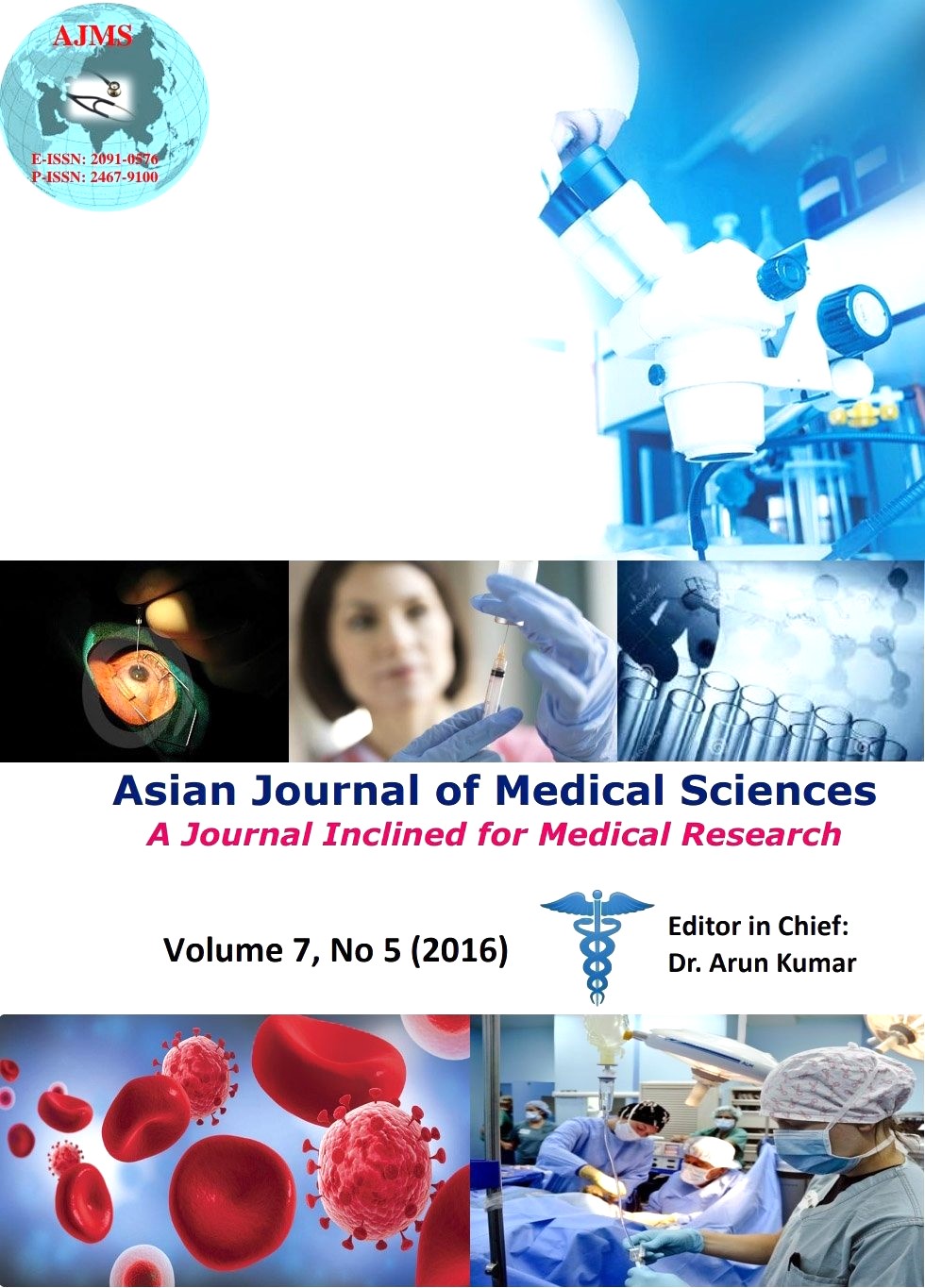Dyslipidemia in chronic renal failure: Cause or effect?
Keywords:
Renal dyslipidemia, Chronic kidney disease, Azotemia, Hypoalbuminemia, Low HDL, HypertriglyceridemiaAbstract
Background: Various organ systems within the human body are intimately connected to each other. This organ crosstalk mediated by soluble & cellular mediators help maintain normal homeostasis & optimum body functioning. But during disease states, this very crosstalk can carry over the influence of the diseased organ to initiate & perpetuate functional dysfunctions in other organs. Chronic kidney disease may result from different conditions, which may be inherent to the kidney or a consequence of a systemic disease.
Aims and Objectives: We conducted this study with the objective to study the metabolic abnormalities in chronic kidney disease patients admitted for dialysis. Such a study has not been documented earlier from this part of India.
Materials and Methods: Milky serum of such patients has been recognized as early sign of dyslipidemia. We studied the lipid profile and mineral metabolism in chronic kidney disease and then reviewed all the biochemical pathways involved in etiopathogenesis of renal dyslipidemia.
Results: Our study group showed significant hypocalcemia, hypermagnesemia, and hyperphosphatemia, hypoproteinemia, hypoalbuminemia and hyperglobulinemia. The lipid profile was also deranged with statistically significant elevation in total cholesterol and triglyceride levels and significantly lower HDL levels as compared to the controls.
Conclusion: Such a study has not been documented earlier from eastern India. The metabolic abnormalities we have observed in chronic kidney disease enhance the risk of atherosclerotic cardiovascular disease in these patients. More prospective studies with larger sample size are required to establish the observations made in this study.
Asian Journal of Medical Sciences Vol.7(5) 2016 42-46
Downloads
Downloads
Additional Files
Published
How to Cite
Issue
Section
License
Authors who publish with this journal agree to the following terms:
- The journal holds copyright and publishes the work under a Creative Commons CC-BY-NC license that permits use, distribution and reprduction in any medium, provided the original work is properly cited and is not used for commercial purposes. The journal should be recognised as the original publisher of this work.
- Authors are able to enter into separate, additional contractual arrangements for the non-exclusive distribution of the journal's published version of the work (e.g., post it to an institutional repository or publish it in a book), with an acknowledgement of its initial publication in this journal.
- Authors are permitted and encouraged to post their work online (e.g., in institutional repositories or on their website) prior to and during the submission process, as it can lead to productive exchanges, as well as earlier and greater citation of published work (See The Effect of Open Access).




